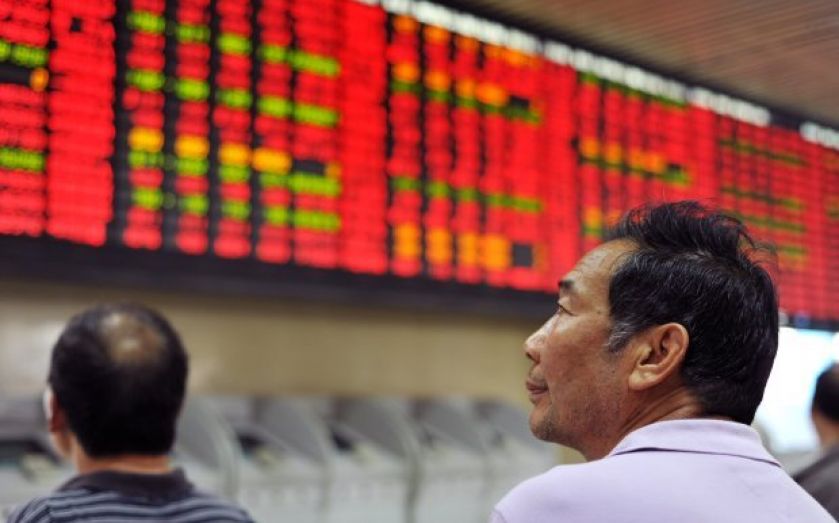How China’s A-Shares are being brought in from the cold

China took a step closer to becoming a fully signed up member of the international stock market community today after a series of benchmarks were launched by FTSE to help stockpickers gradually integrate the burgeoning superpower into their investment portfolios.
Chinese A-shares, shares of Chinese companies traded on Shanghai Stock Exchange and the Shenzhen Stock Exchange, are currently banned from being included global benchmarks by index providers due to low levels of market accessibility and regulatory oversight.
However, with China on the verge of joining benchmarks within the next few years, investors are becoming increasingly concerned about how such a large market – China is the second largest equity market in the world – will be included into the benchmark without major market disruption.
Investors can only trade A-shares with a licence granted by Chinese officials (so-called QFII or RFII quota licenses), but with increasing numbers of investors granted permission to own Chinese shares by officials, institutional investors are demanding benchmarks to help them reflect increasing A-share ownership.
FTSE yesterday made the first move towards helping investors gradually align their investments to a China-inclusive world with the launch of three benchmarks integrating ownership of A-shares. As this graph demonstrates, China's A-share inclusion has a dramatic impact on FTSE's benchmark.

Other index providers like MSCI are also looking at ways to integrate A-shares for investors. It's unlikely China will be granted approval for inclusion at the FTSE's next review in September, but within a few years it's highly likely the world's second biggest stock market will be part of the global equity clan.